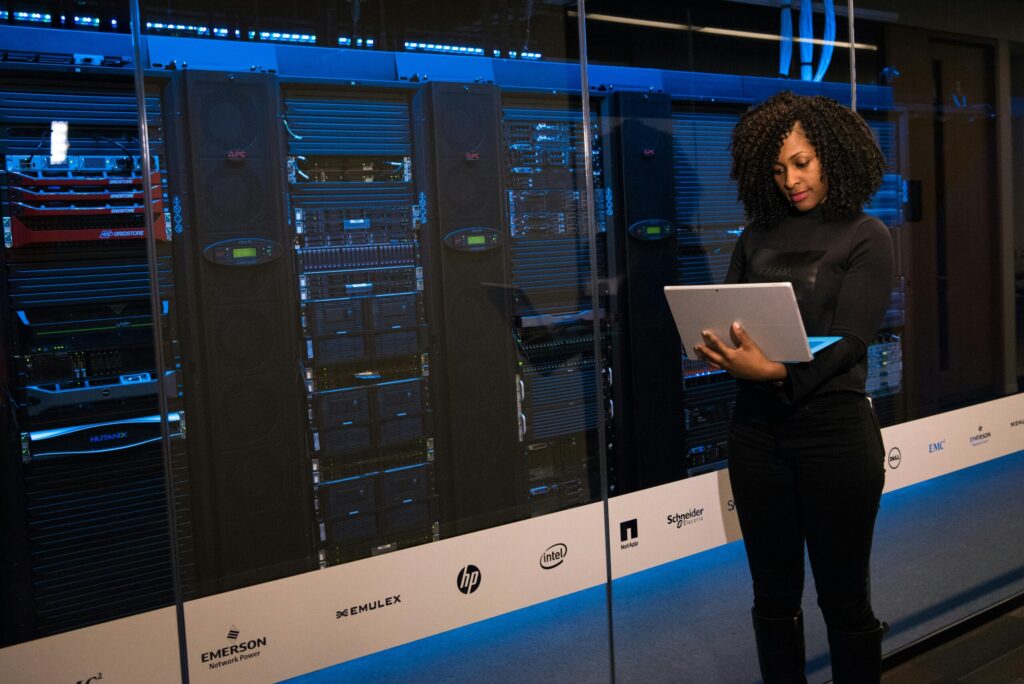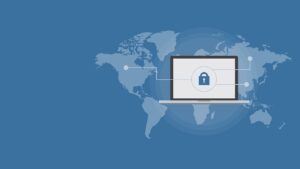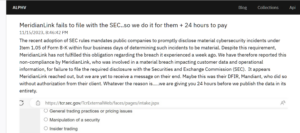A Deeper Dive into the CIA Triad
In today’s digital world, cybersecurity is essential for protecting our personal data, businesses, and national infrastructure from cyber threats. As more of our lives shift online from banking and healthcare to education and communication, the risks of data breaches, identity theft, and ransomware attacks continue to grow. Cybersecurity ensures the confidentiality, integrity, and availability of information, known as the CIA Triad, helping individuals and organizations stay protected, build trust, and thrive in a digital-first society.
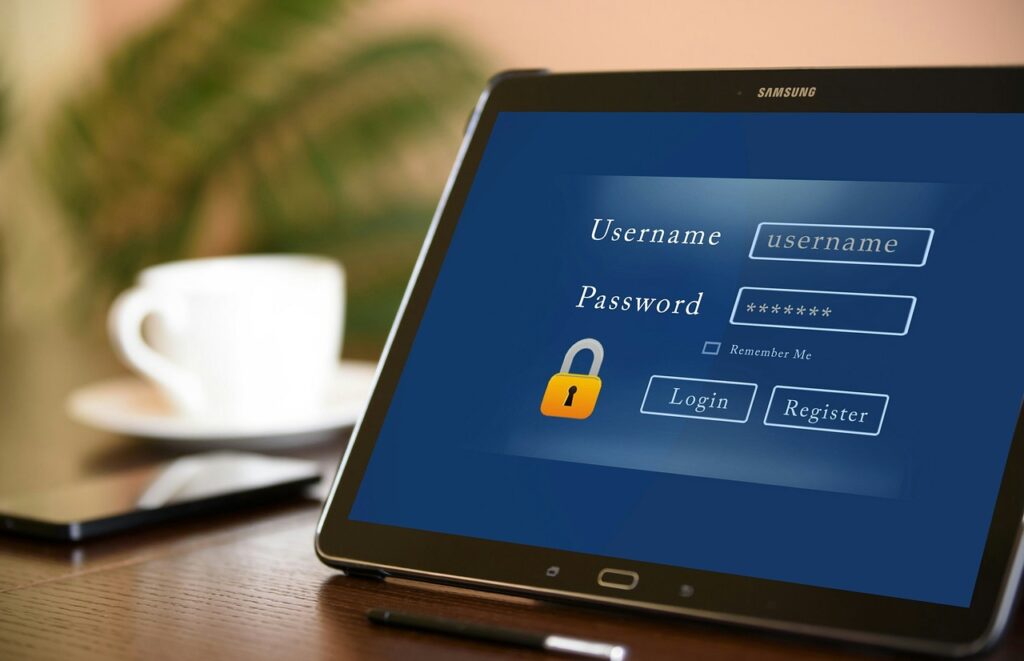
Introduction to the CIA Triad
The CIA Triad is a foundational model in cybersecurity that outlines the three core principles used to protect data and systems:
- Confidentiality ensures that information is only accessible to authorized people. Think of it like keeping a secret—only the right people should know.
- Integrity means that the information is accurate and hasn’t been tampered with. It’s about making sure the data is trustworthy.
- Availability ensures that systems and information are accessible when needed. If the right people can’t access what they need, when they need it, even secure data becomes useless.
Together, these three principles form the backbone of every good cybersecurity strategy. They help security professionals identify, assess, and fix risks to protect what matters most.
The goal of this article is to break down the CIA Triad in simple terms and explain why it matters in the real world. Whether you’re new to cybersecurity or looking to strengthen your foundation, understanding this triad will help you see how and why we protect information.
By the end of the article, you will not only know what each part of the triad means, but also how it applies to everyday situations like keeping your data safe from hackers, ensuring your files are not altered without permission, and making sure systems are up and running when people need them. This knowledge is essential for anyone building a career in cybersecurity or looking to protect their digital life with confidence.

What is the CIA Triad?
The CIA Triad stands for Confidentiality, Integrity, and Availability, the three core principles that guide how we protect digital information.
- Confidentiality means keeping data private and only accessible to the right people. Think of it like locking your diary but only you should be able to read it.
- Integrity means making sure data stays accurate and hasn’t been tampered with. Like making sure a recipe you saved doesn’t suddenly have salt replaced with sugar.
- Availability ensures that data and systems are up and running when they’re needed. Imagine needing to withdraw money from an ATM, but the system is down. That’s an availability issue.
Together, these three elements are the foundation for securing information and building trust in any digital system.
The CIA Triad has been a foundational concept in cybersecurity since the early days of information security, originating from military and government efforts to protect classified data. Over time, it became the standard model for thinking about how to secure any type of digital system whether it’s a government network, a business website, or your personal laptop.
Cybersecurity Frameworks
Today, the CIA Triad is still highly relevant because it serves as the bedrock for modern security frameworks like NIST, ISO 27001, and OWASP. These frameworks use the triad to guide risk assessments, security policies, and system designs. Whether you’re building an app, managing cloud services, or protecting customer data, the principles of confidentiality, integrity, and availability remain essential for identifying vulnerabilities and creating strong defenses.
The CIA Triad is a standard in cybersecurity because it offers a clear and balanced way to evaluate and design secure systems. Every digital system whether it’s an app, a server, or a cloud network needs to protect data from unauthorized access (confidentiality), prevent tampering or corruption (integrity), and ensure reliable access when needed (availability).

By focusing on all three pillars, security teams can make smarter decisions about what to prioritize, how to respond to threats, and how to build safeguards that actually match the system’s purpose and user needs. The triad helps prevent unbalanced security where too much focus on one area (like encryption) could neglect others (like uptime or data accuracy). That’s why it’s used in everything from penetration testing to compliance audits and even incident response plans.It’s simple, universal, and scalable which makes it a cornerstone for building resilient systems.
Confidentiality
Definition: Ensuring information is only accessible to authorized individuals.
Confidentiality is all about keeping sensitive data private and protected from unauthorized access. Whether it’s personal information, business secrets, or government data only the right people should have access.
Examples include:
- Encryption: Converts data into unreadable code unless you have the key. Think of it like locking your message in a safe.
- Access controls: Verifying identity with usernames, passwords, or biometrics before granting entry.
- Role-based permissions: Giving users access only to what they need. No more, no less.
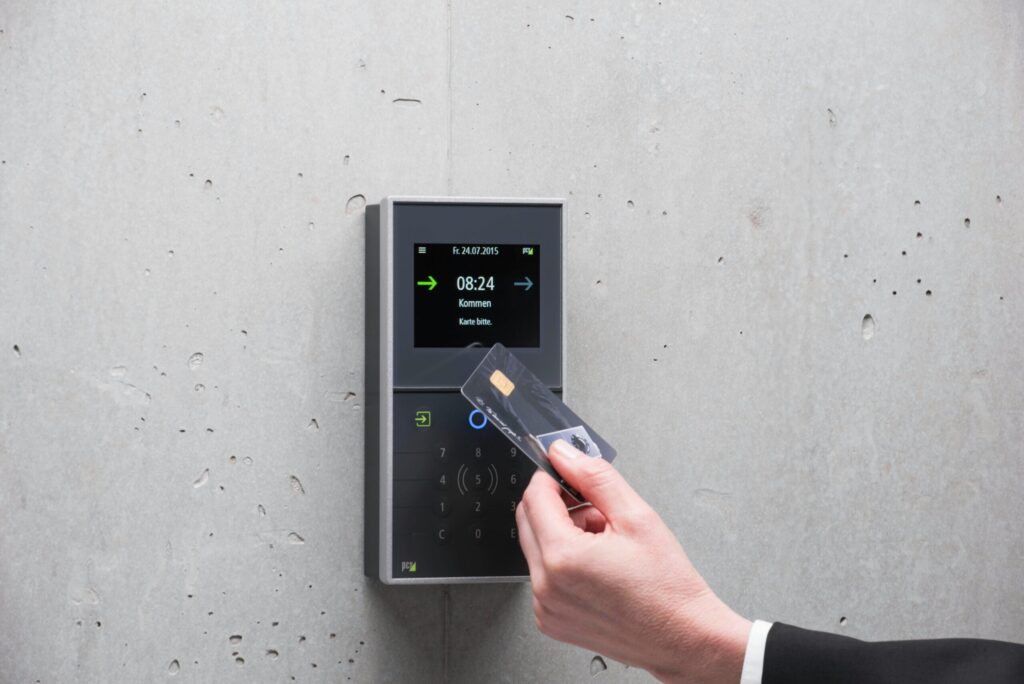
Real-world breach example:
In 2019, Capital One suffered a massive data breach due to a misconfigured firewall and poor access controls. A hacker exploited this to access over 100 million customer records. The root issue? Weak confidentiality controls.
Best practices to maintain confidentiality:
- Use multi-factor authentication (MFA)
- Implement least privilege access
- Regularly audit permissions
- Use end-to-end encryption
- Train employees on phishing and social engineering threats
Keeping data confidential isn’t just a tech goal, it’s about earning and keeping trust in a digital world.
Integrity
Definition: Ensuring information is accurate, consistent, and has not been altered without authorization.
Integrity protects the trustworthiness of data. It’s about making sure that what you see or retrieve is exactly what was intended and free from tampering, corruption, or unauthorized changes.
Examples include:
- Checksums: A string of numbers generated from data. If the data changes, the checksum changes and alerts you to tampering.
- Digital signatures: Cryptographic stamps used to verify the authenticity and integrity of a message or document.
- Version control systems: Track and manage changes to code or documents, allowing teams to monitor updates and revert changes if something goes wrong.

Real-world consequence:
In healthcare, a small change in patient records (like dosage instructions) can be life-threatening. In 2021, a ransomware attack on an Alabama hospital allegedly altered access to health data resulting in tragic consequences. Compromised data integrity can literally be a matter of life and death.
Tools and strategies to protect integrity:
- Use hash functions (like SHA-256) to detect changes in files
- Implement audit logs to track who did what and when
- Apply code signing to software releases
- Deploy access controls to restrict who can edit or delete data
- Regularly back up files to detect and recover from unauthorized changes
Maintaining integrity ensures that decisions based on data are accurate, safe, and reliable.
Availability
Definition: Ensuring that systems, services, and data are accessible and usable whenever they’re needed, without interruption.
Availability is about keeping operations running smoothly. If a system goes down even briefly it can lead to loss of productivity, revenue, or even lives in critical sectors like health care or emergency services.
Examples include:
- Redundancy: Backup systems and servers that take over when the primary one fails.
- Regular system maintenance: Updating hardware, patching software, and performing health checks to avoid unexpected breakdowns.
- DDoS mitigation strategies: Using firewalls, rate limiting, or CDNs to protect against distributed denial-of-service attacks that flood systems with fake traffic.
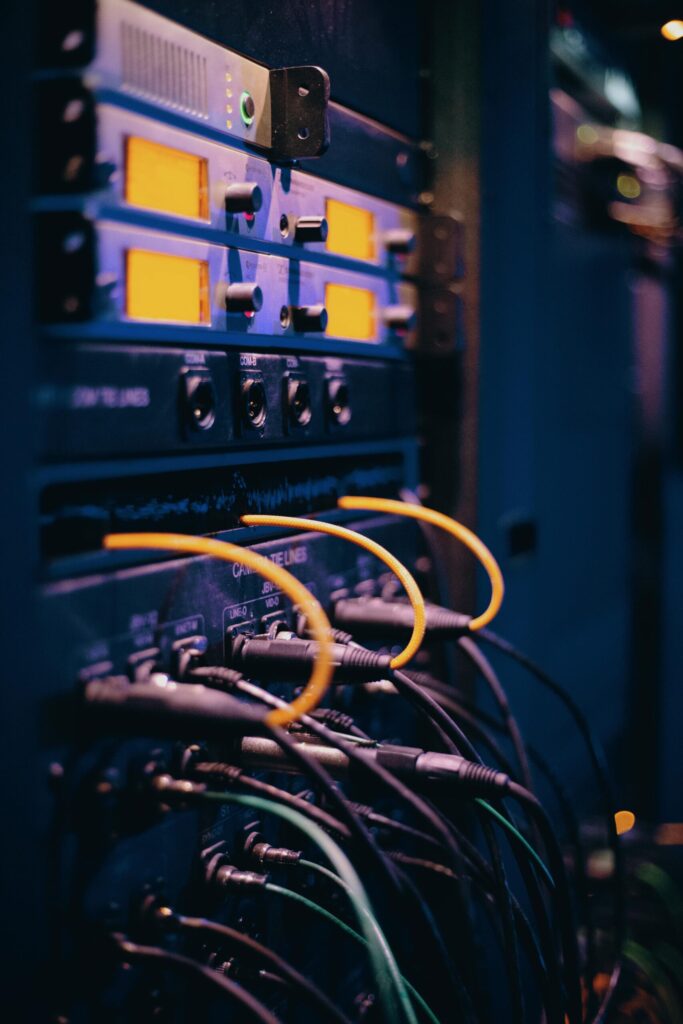
Real-world scenario:
In 2021, a ransomware attack on Colonial Pipeline forced the company to shut down operations, leading to fuel shortages and widespread panic across the U.S. East Coast. The attack didn’t just compromise data, it crippled availability and demonstrated how critical it is to keep systems online and resilient.
Best practices for maximizing availability:
- Implement disaster recovery plans and test them regularly
- Use load balancing to distribute traffic and avoid overloading systems
- Schedule routine backups and store them securely
- Monitor uptime and alert on system failures
- Adopt cloud solutions with high availability SLAs
Without availability, even the most secure systems are effectively useless. It’s the backbone of user trust and operational continuity.
Balancing the CIA Triad
While each pillar of the CIA Triad is essential, the real challenge lies in maintaining the right balance between them. Focusing too heavily on one can weaken the others and introduce unintended risks.
Example of trade-offs:
- Too much focus on confidentiality:
Adding complex access controls, multi-factor authentication, or encryption layers can enhance security but may also frustrate users and slow down access to critical data, affecting availability. - Prioritizing availability over confidentiality:
Making data widely accessible for the sake of convenience may increase productivity but it can also increase the attack surface and expose sensitive data, weakening confidentiality. - Integrity vs. availability:
Implementing strict validation processes to ensure data integrity may delay workflows, especially in high-speed environments like trading platforms or emergency systems.

Why balance matters:
Every organization has different priorities and risks. A hospital, for instance, must ensure availability for life-saving care, while a bank may prioritize confidentiality and integrity of financial records.
Importance of risk assessments:
To achieve the right balance, organizations must regularly perform risk assessments to:
- Identify their most critical assets
- Evaluate the impact of potential threats
- Determine which security controls provide the best protection without harming operations
The goal is to align security controls with business needs — ensuring systems are not only secure, but also functional and trustworthy.
The CIA Triad in Practice
Applying the CIA Triad in Real-World Security Frameworks
The CIA Triad isn’t just a theory, it’s embedded in the core of real-world cybersecurity frameworks like NIST (National Institute of Standards and Technology) and ISO 27001. These frameworks are used by organizations globally to build and manage secure systems.
- NIST Cybersecurity Framework (CSF):
Emphasizes protecting confidentiality, integrity, and availability through its five core functions: Identify, Protect, Detect, Respond, and Recover. - ISO/IEC 27001:
A leading international standard for information security management that relies heavily on CIA principles to define risk management and control objectives.
Both frameworks use the triad to help organizations:
- Structure their cybersecurity policies
- Make informed decisions about risks
- Ensure security controls align with business goals
CIA Triad as a Decision-Making Lens
Whether you’re a beginner or a seasoned professional, the CIA Triad is a powerful mental model for navigating cybersecurity decisions.
For Beginners:
- When learning about vulnerabilities or attacks, ask:
Does this impact confidentiality, integrity, or availability? - When applying security tools, think:
Which part of the triad does this tool help protect?
For Professionals:
- Use it during risk assessments, incident response planning, and security architecture design.
- When evaluating new technologies or vendors, consider how they uphold each part of the triad.
- Helps explain security priorities clearly to non-technical stakeholders or clients.
No matter your level, using the CIA Triad as a compass will help you stay focused on what truly matters in cybersecurity: protecting the right information in the right way at the right time.
A Summary of the CIA Triad
The CIA Triad is more than just a concept. It’s the backbone of cybersecurity and a practical tool for anyone aiming to build, assess, or improve security systems.
- Confidentiality ensures only the right people have access to sensitive data.
- Integrity guarantees that information remains accurate and unaltered.
- Availability makes sure systems and data are accessible when needed.
Together, these three principles form the foundation for secure digital environments, from personal devices to enterprise networks.
Whether you’re new to cybersecurity or a seasoned expert, the CIA Triad should guide your decisions, helping you think critically about how every system is built and protected.
When in doubt, ask yourself:
Am I preserving confidentiality? Am I ensuring integrity? Is availability being maintained?
Use the CIA Triad as your security compass and you’ll always be headed in the right direction.
